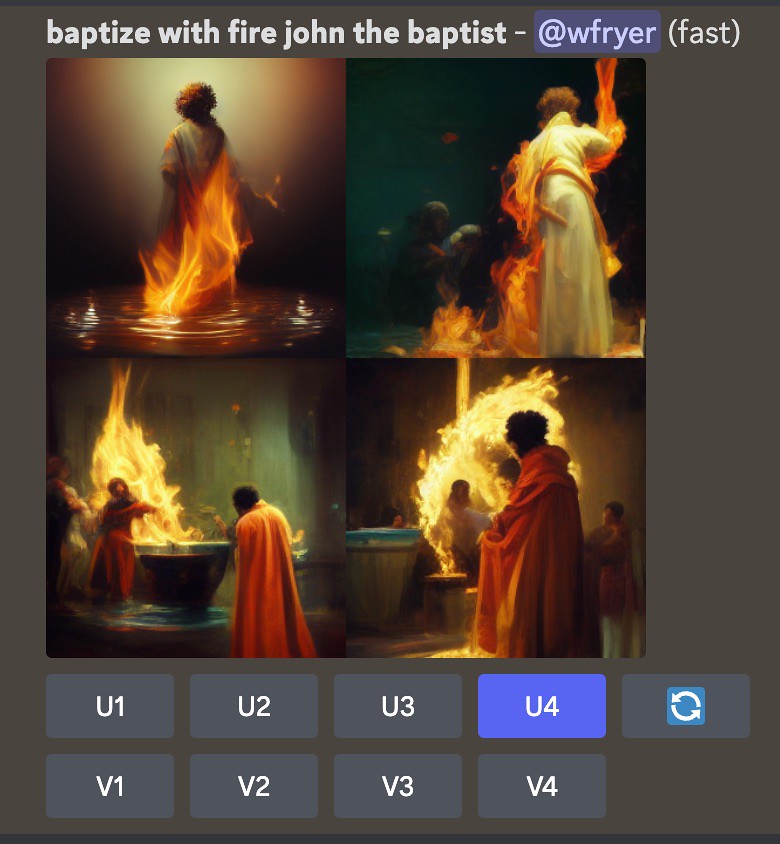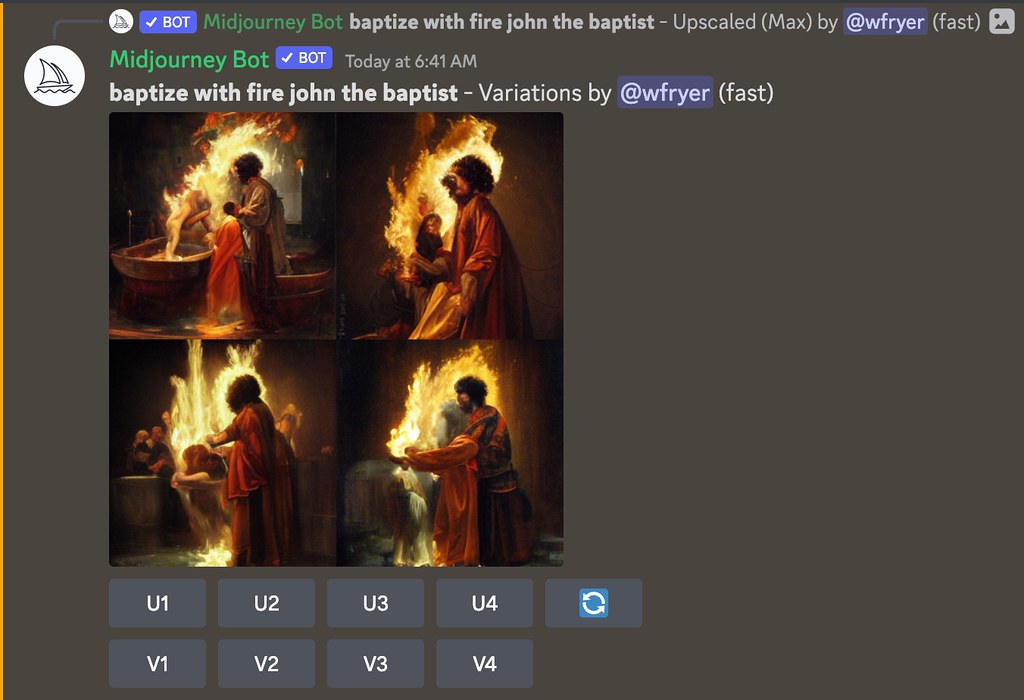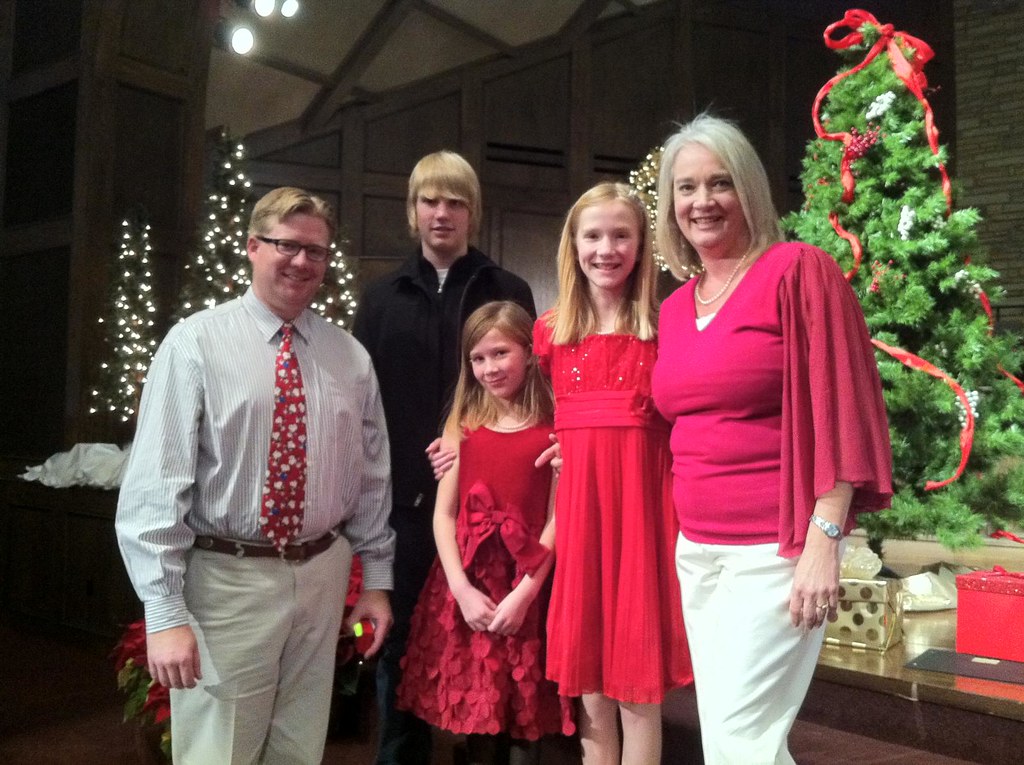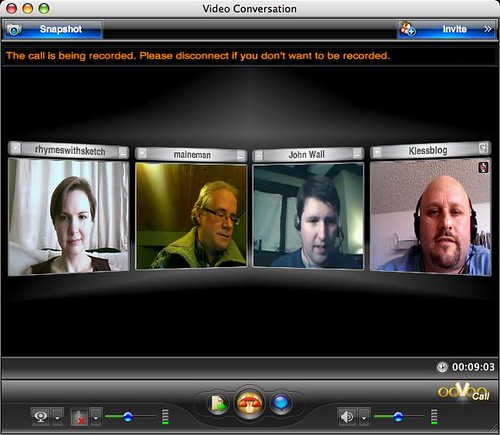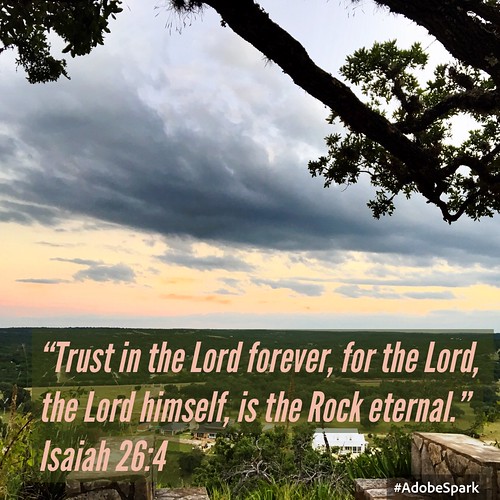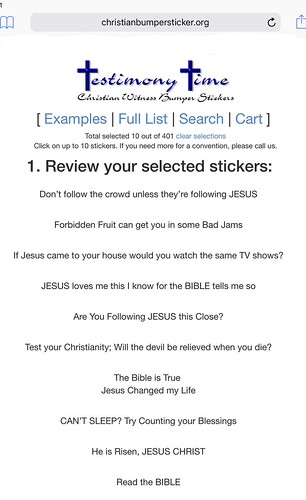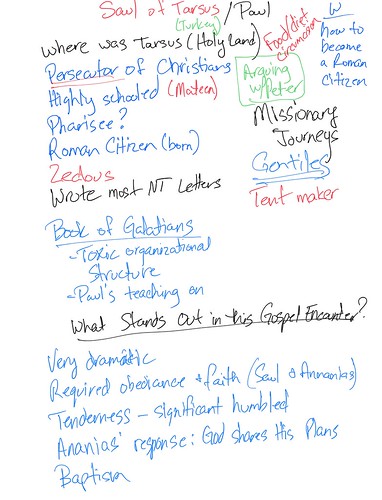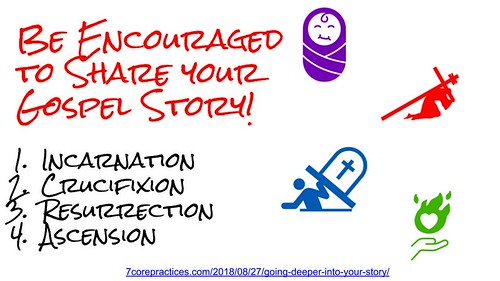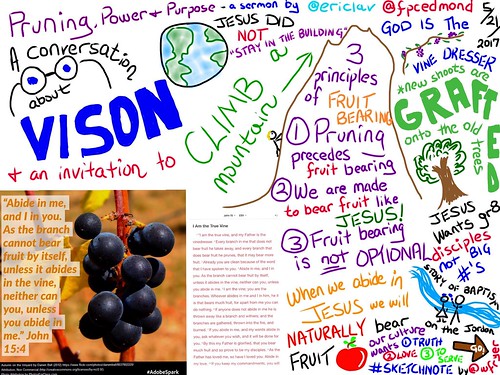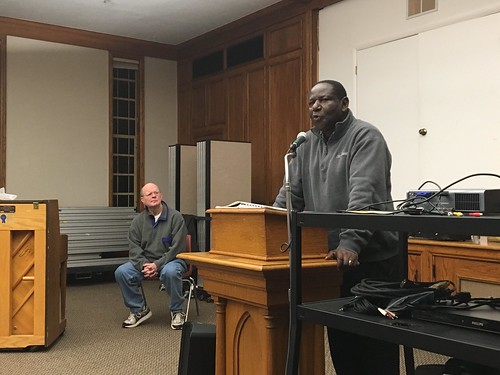Redeeming Evangelical Christians and Our Church Universal
I”m almost finished listening to Tim Alberta‘s FANTASTIC book, “The Kingdom, the Power, and the Glory: American Evangelicals in an Age of Extremism,” published in December 2023. It’s included with a “Spotify Premium” subscription, which is how I’ve been listening to it the past couple weeks.
As a follower of Jesus who now identifies as a former evangelical Christian or “ex-vangelical,” the stories Tim shares in this book connect so many dots for me. As a 15 year member (including service as an ordained deacon and elder) of First Presbyterian Church of Edmond, Oklahoma, subsequently a Christian refugee attending Saint Augustine of Canterbury Episcopal Church of Oklahoma City and Grace Church of Yukon… and now Caldwell Presbyterian Church of Charlotte, North Carolina.. I’ve struggled to understand exactly WHAT HAPPENED to many mainline Protestant Christian congregations during my adult lifetime?
During the years of COVID and those that followed, I not only resigned from leadership in our wonderful Friday Morning Men’s Group at FPC Edmond, after 15 years of attendance and participation, I also stepped down as an adult Sunday School teacher from a class and community we absolutely LOVED… and our family decided to leave that church entirely and try to find another congregation… which both believed and followed Jesus Christ in greater alignment with how we understood Him (and God’s Holy Spirit) to call us to live. The simple slogan of Grace Church of Yukon, Oklahoma, summarized a big part of what we found ourselves running TO in making these significant changes in our church communities: “God’s love is for EVERYONE. There are no exceptions.”

I am trying to choose all my words here with care and intention, because Shelly and I LOVE and still CARE FOR so many people we had to leave behind at FPC Edmond. We raised all three of our children in that church, and had SO many powerful and transformative experiences together there over the years.

I felt more connected to our church family there through my friendships and experiences with our Friday Morning Men’s Group than any other organization, so it was both excruciatingly difficult for me to leave / step down from leadership as well as CLEAR that this was the path I had to follow in late 2021… along with our family.

It turns out, the struggles I faced with brothers and sisters in Christ who became politicized and strident in their political views at church were not unique. Tim Alberta shares SO MANY stories of Christians and Christian churches facing similar circumstances, and I find his perspectives to be both instructive and clarifying.
I want to share my recommendation for Tim’s book in this post as well as a series of resources and organizations Tim references which remind me of my current passion projects, “Heal Our Culture” and “Resist and Heal.” It is abundantly clear to me that the voices and roles of Christian pastors in the United States have and continue to play a significant role in our present political pickle. As I write this three days before the “No Kings 2 Protests” nationwide on Saturday, October 18, 2025, which promises to be the largest day of political protest in our nation’s history, I believe we already are in the midst of “a slow civil war” (as Jeff Sharlet calls it, in another book I highly recommend) and unfortunately will face additional waves of political violence.
We need to find paths forward, to maintain our hope and joy in the face of difficult circumstances… but also to serve God on this earth with the time and resources we have been given. I believe we need to “Heal Our Culture,” and it turns out many other people and organizations do too.
Tim highlights the work of Curtis Chang, who (among other professional work) is the founder of Redeeming Babel. The homepage explains the project’s focus and mission:
Clarity in a Confusing World
Christians are called to serve as signposts to the coming Kingdom of God, when Jesus will finally repair all brokenness. In a culture afflicted by division and confusion – a condition depicted by the story of Babel in Genesis 11:1-9 – Redeeming Babel equips Christians to navigate the chaos with timeless Biblical truths.
Along with Nancy French, Curtis is the author of “The After Party: Toward Better Christian Politics,” and the the flexible, FREE, six week course, “The After Party.” The pitch for the course is:
For pastors & people who know there’s a better way
The intersection of faith and politics doesn’t have to be messy. Our free video course will give you an on-the-ground, biblically based approach to navigating today’s challenging political environment.
This course reminds me of “Confronting Whiteness,” a 9 week course Shelly and I experienced about 2 years ago and opened up for us a rich and important array of voices, perspectives, books and films. In the past few months I’ve been helping the founder of Confronting Whiteness, Rev Ben Boswell, start a podcast which will be launching this month, and completed facilitator training for the course earlier this year. I’m interested in learning more about “The After Party” and taking the course myself, hopefully with others.
In the latest episode of “The Good Faith Podcast,” Christian conservative David French asks and answers the question, “What the Heck Is a Christian Nationalist?”
These are all topics about which I have a deep interest. While the Heal Our Culture project is explicitly secular, I’m growing more aware of the opportunity as well as responsibility my past identity as a Christian evangelical provides for me to advocate and work for the redemption of Christian evangelicals and mainline Protestant church congregations more generally. That is work the people and organizations I’ve linked to in this post are committed to as well.
So I wanted to pass along these links and recommendations!



